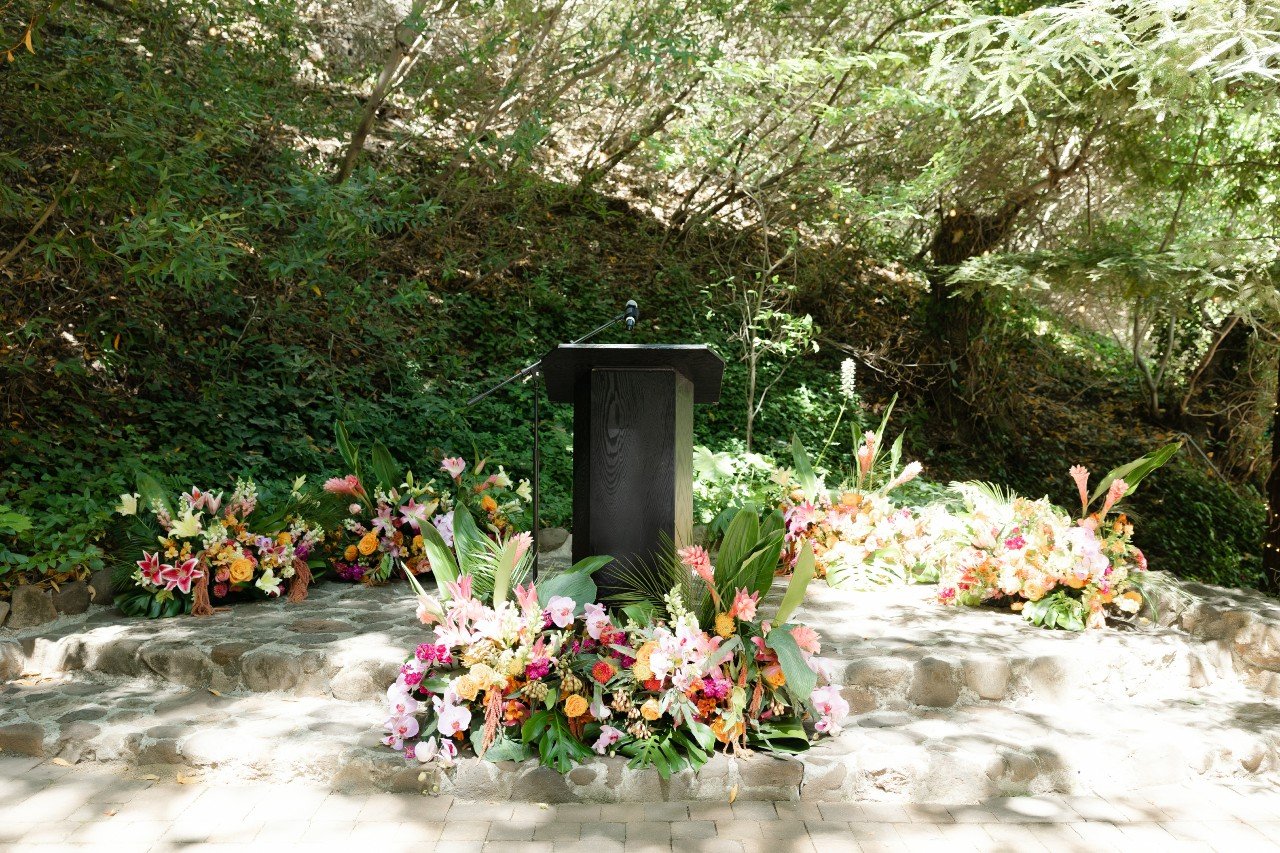How to Write a Eulogy in 10 Short Steps
Unsplash
Writing a eulogy for a celebration of life can be a deeply meaningful way to honor a loved one’s memory. It's an opportunity to share stories, express emotions, and celebrate the life they lived. Here’s a guide to help you craft a heartfelt and memorable eulogy.
If we haven’t met yet, my name is Lindsey Nickel, and I’m a celebration of life planner in the San Francisco Bay Area (I call Napa home and grew up in the East Bay). I help grieving families plan meaningful celebrations of life without feeling even more stressed out. Suddenly, things you didn’t think you cared about become important. That’s where a celebration of life planner comes in to provide you with options, help you make decisions efficiently, and manage the event planning so you don’t have to.
Jump ahead to:
Understand the Purpose of the Eulogy
Write Your Eulogy From The Heart
Practice Reading the Eulogy Aloud
Melissa Habegger Photography
1. Understand the Purpose of a Eulogy
A eulogy for a celebration of life is different from a traditional funeral eulogy. It focuses more on celebrating the person's life, their achievements, their character, and the joy they brought to others. It's about sharing positive memories and highlighting what made them unique and cherished.
2. Gather Memories and Stories
Start by gathering stories, memories, and anecdotes from family and friends. Think about:
Significant Life Events: What were the major milestones in their life? What were they best known for?
Character Traits: What qualities made them special?
Personal Stories: What personal stories best illustrate who they were?
Impact on Others: How did they influence the lives of those around them?
Talking to others can provide a broader perspective and bring up memories you might not have thought of.
Jen Phillips Photography
3. Outline the Eulogy
Organize your thoughts by creating an outline. A typical structure might include:
Introduction: Introduce yourself and your relationship to the deceased. Briefly mention the purpose of the eulogy.
Personal Stories: Share memorable stories and anecdotes that highlight their character and life.
Achievements and Passions: Talk about their accomplishments, hobbies, and passions.
Impact on Others: Describe how they influenced and touched the lives of others.
Conclusion: Sum up their legacy and what they meant to you and others. End with a final thought or message.
4. Write Your Eulogy From The Heart
When you start writing, focus on conveying your genuine feelings. Use a conversational tone, as if you are talking to friends and family. Here are some tips:
Be Honest: Speak from the heart and be authentic.
Be Positive: Focus on the good times and positive aspects of their life.
Use Humor: If appropriate, include light-hearted moments to bring a smile.
Keep it Personal: Share your personal connection and unique perspective.
5. Keep the Eulogy Concise
Aim for a eulogy that is about 5-10 minutes long when spoken. This usually translates to about 500-1000 words. Being concise ensures that your message is clear and impactful.
6. Practice Reading the Eulogy Aloud
Read your eulogy aloud several times to get comfortable with the flow. Practicing will help you deliver it more confidently and naturally. Consider timing yourself to ensure it fits within the desired length.
7. Be Prepared for Emotions
It's natural to feel emotional while delivering a eulogy. If you feel overwhelmed, pause, take a deep breath, and continue when you’re ready. Having a glass of water nearby can be helpful.
Milou and Olin Photography
8. Seek Feedback on the Eulogy
Share your eulogy draft with a trusted friend or family member. They can provide feedback and suggestions, and might also help you refine your stories and messages.
9. Consider Visual Aids
Incorporating visual aids like photos or videos can add a touching element to your eulogy. These can help illustrate your stories and bring back fond memories for everyone present.
10. End the Eulogy on a Positive Note
Conclude with a positive message that encapsulates the spirit of your loved one. You might end with a favorite quote, a poem, or a final thought that leaves a lasting impression.
Final Thoughts on Writing a Eulogy
Writing a eulogy for a celebration of life is a profound way to honor your loved one. By focusing on their unique qualities, sharing heartfelt stories, and celebrating their life, you can create a tribute that resonates with everyone present. Remember, it’s okay to show emotion and be genuine—your words are a lasting testament to the love and respect you have for the person who has passed.
Are you planning a celebration of life? Let’s talk more, start by filling out the form below.






